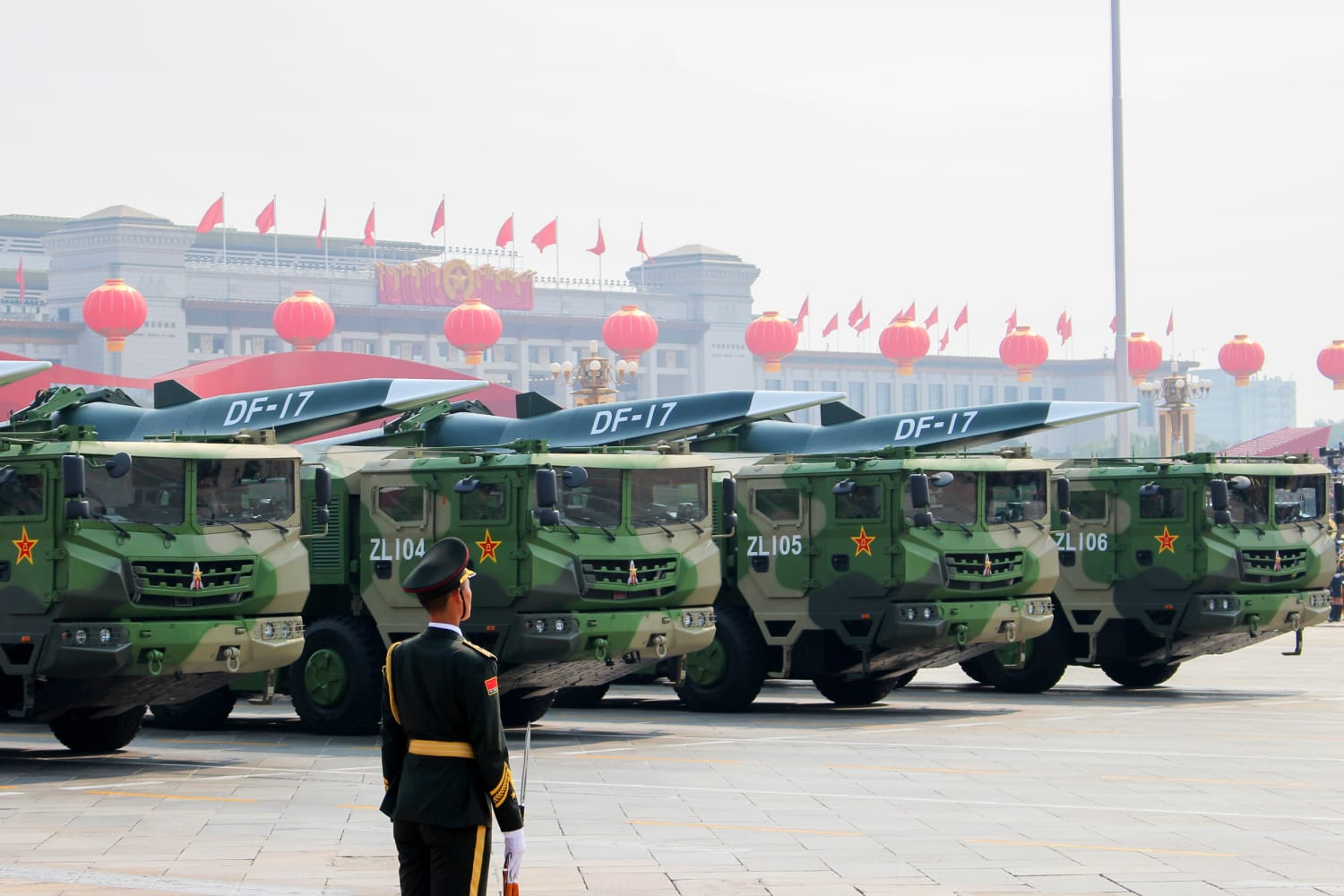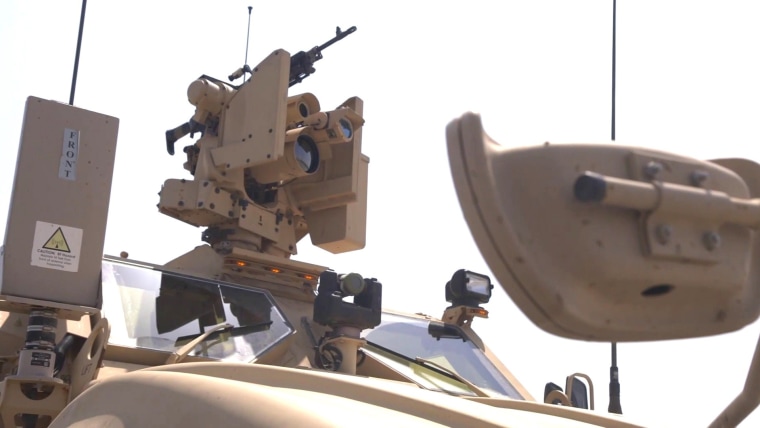During President Donald Trump’s tenure, members of the Pentagon brass were reportedly so concerned that he might spark a war with China that Gen. Mark Milley, the chairman of the Joint Chiefs of Staff, called Chinese officials to reassure them there wouldn’t be a U.S. attack. Perhaps informed by that legacy, President Joe Biden is holding a virtual summit with his Chinese counterpart, Xi Jinping, on Monday night in part to ensure that what the White House calls “intense competition” with Beijing doesn’t lead to conflict.
While China’s demonstrated fixation with developing new flavors of nuclear weaponry isn’t good news, alarmists are missing the broader context.
“We want to make clear our intentions and our priorities to avoid misunderstandings,” a senior Biden administration official said in a background call with reporters. “The president will also make clear that we want to build commonsense guardrails to avoid miscalculation or misunderstanding. That’s how you sustain responsible competition.”
That effort takes on added urgency as U.S. alarm has grown over a recent shift in China’s military stance. After decades of maintaining minimal nuclear deterrence forces, China is now seeking to expand its nuclear capabilities and deploy new weapons to challenge the U.S.’s larger arsenal and missile defense system.
Until recently, China had retained only an estimated 200 to 320 nuclear warheads, compared to the roughly 1,750 in the U.S. arsenal, out of a total of 3,600 weapons, per 2021 estimates.
But last month, China tested a rocket that delivers a missile into orbit above Earth, allowing it to drift into a favorable position before it releases a maneuverable nuclear-armed vehicle at its targets. Some commentators described the test as a “Sputnik moment,” a technological feat with shocking implications for U.S. security.
A few months earlier, satellite imagery identified 300 new silos for nuclear missiles apparently under construction. A recent intelligence report estimates that China plans to deploy 1,000 nuclear warheads by 2030 and may seek to match or exceed the U.S. total. Furthermore, Beijing is allegedly exploring concepts for “limited” nuclear conflict.
These developments increase the risk of nuclear war. But while China’s demonstrated fixation with developing new flavors of nuclear weaponry isn’t good news, alarmists are missing the broader context that makes these changes neither as dramatic nor as surprising as they seem. Indeed, it would be a mistake for the U.S. to plunge full-throttle into a nuclear arms race as a result.
For starters, China hawks exaggerate dimensions of the competition. When it comes to the space-based weapons deployment last month, the result wasn’t a resounding success — the missile reportedly fell 24 miles off-target — and China had already begun fielding regular hypersonic missiles that didn’t launch from orbit a few years earlier. Alarmists also ignore that the U.S. already didn’t have defenses able to stop a full-scale nuclear attack from China’s existing missiles.
The Soviet Union once deployed a similar “fractional orbital” nuclear weapon in the 1970s. But the Soviets ended up abandoning the effort because they decided it wasn’t that useful, in part because it was slower and less accurate than regular nuclear missiles and designed primarily to overcome defenses the U.S. didn’t end up using.
Admittedly, China’s melding of the two technologies is novel and imparts a range boost, but the orbital weapon’s launch flash would be detected by U.S. space-based sensors, just as with any other ballistic missile. That means that China still couldn’t hope to prevail by a surprise nuclear attack and that the end result is the same as it was before: an unacceptable degree of mutually assured destruction.
It’s important to keep in mind that Beijing’s more aggressive nuclear posture is at least in part a reactionary decision to Washington’s move two decades ago to begin building a missile defense system capable of stopping a few dozen intercontinental nuclear missiles from the likes of North Korea or Iran but which China sees as protection that could embolden a U.S. attack.
The U.S. also has more numerous secondary missile-defense weapons designed to protect specific areas against intermediate-range missiles, which China thinks could be improved and selectively deployed to protect against attacks on U.S. soil.
Though fears about China’s growing nuclear capabilities might be overblown, that doesn’t mean we should be unconcerned about the hundreds more nuclear weapons’ entering service. Biden and Xi could serve the interests of both their countries and the planet as a whole by searching for ways to limit the scope of military competition through arms control, just as the U.S. did when the Soviet Union was the world’s other superpower.
It’s risky to buy into rhetoric that the U.S. can assuredly win a nuclear arms race by spending China “into oblivion” — a concept that allegedly succeeded against the Soviet Union. Currently, the U.S. is estimated to spend roughly twice as much of its share of gross domestic product on defense as China, suggesting Beijing is far from flexing its full military-industrial potential. At the same time, the Chinese economy is nowhere near as shaky as the Soviet Union’s was.
A good place to start could be confidence-building measures to improve communication and transparency, such as more substantial “nuclear hotlines” between the Chinese and U.S. militaries. China’s political culture is famously transparency-averse, but it might be persuaded to create more stable conditions for itself through an arms inspection regime that reduces U.S. fears that it’s secretly massing nuclear weapons for offensive purposes.
With its nuclear arsenal growing, Beijing cannot keep on justifying its refusal to participate in arms control by ducking behind the excuse that it possesses only a limited-capability nuclear arsenal. Let’s hope the Biden-Xi meeting is just the start of meaningful arms control arrangements like those that helped manage tensions in the Cold War and finally open substantive dialogue between the U.S. and China on avoiding nuclear war.
Source: | This article originally belongs to Nbcnews.com










